How to create an interior designer portfolio?
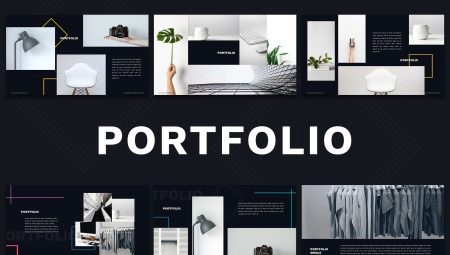
An effective portfolio is the key to an interior designer's success. You need to know how to correctly create such a document and who may be interested in it in the future.
Why is it needed?
A portfolio for an interior designer is his business card and advertisement among potential clients. It is with the help of this document that you can acquire new customers and show why they should choose you. A portfolio is not just a folder that contains all the work of a designer. This is a document on the basis of which the client will be able to visually see what he will receive in the course of cooperation and what the result of the work will be.
A well-crafted portfolio is a direct path to new profitable deals.
When creating such a document, you can encounter many nuances that must be followed without fail. The designer will need to think through issues such as style for presenting your product, style of portfolio design, selection of profitable projects and their description.

An interior designer's portfolio needs:
- in order to get the coveted position in a design studio or in an agency, without such a document it will be difficult to get a job, since there they will be asked why they should take this particular applicant;
- in order to demonstrate that the specialist is ready to cooperate;
- to find clients;
- for admission to a specific educational organization or courses, etc.
How to compose?
Every designer who starts building their portfolio asks how many examples of work to put into a document.
It is believed that a full portfolio of an interior designer will require 20 of the best works. This is the minimum number of projects, thanks to which it will be possible to make the right impression on a potential client.
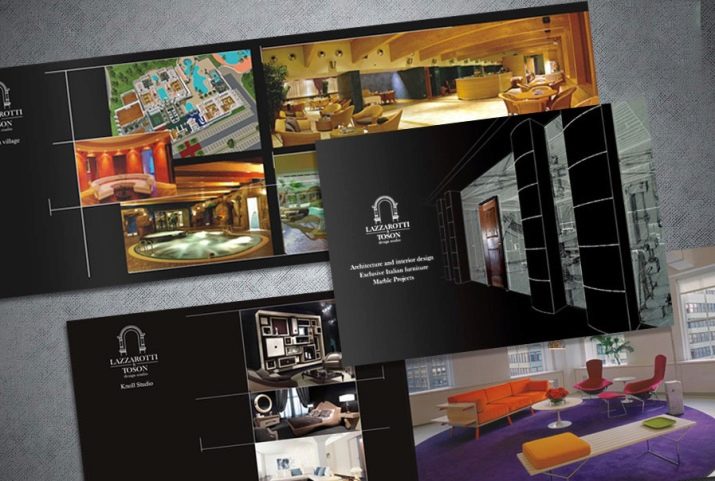
Before you arrange your presentation, you need to familiarize yourself with the structure of the document. It usually consists of the following sections.
- The first step is to create the cover. As a rule, it is created in a minimalist style, where there are no unnecessary details. It is enough just to indicate the last name, first name, and specialty. Each person thinks over the color scheme and design of the cover independently, but usually it is a plain surface.
- The second page will contain a story about yourself. You need to introduce yourself, talk about your experience in this area. Many designers talk about how they came to this activity, and what prompted them to do it. At the end of the story, communication methods are added. Experienced experts do not recommend prescribing your age if the designer is under 24 years old. This is due to the fact that some customers fundamentally do not want to work with young specialists.
- All subsequent pages will be presented with drafts, sketches and finished works. The recommended number of sheets is 6-9. Care should be taken to ensure that there is free space between the text part and the photographs so that the client is comfortable studying the portfolio.
- You can add a description of the project, its history, tasks and other nuances that will help make the document as informative and interesting as possible. When compiling a portfolio, you need to ask yourself the question of what the future employer wants to see in it, and what questions he can ask.
- The presentation of the apartments will look very good, where the initial state of the project, the tasks set, and even a short history of how certain details were chosen will be indicated.
- The last page contains contact information with reviews. and thanks from customers.
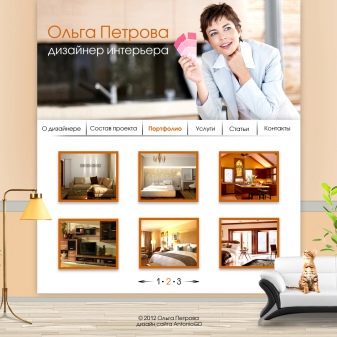
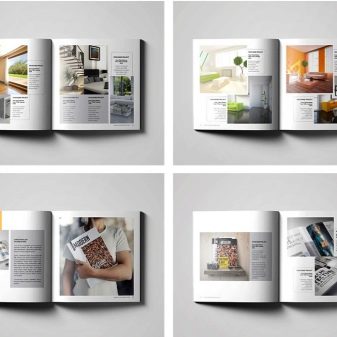
While viewing the presentation, the client should get answers to all possible questions in it. To create a portfolio for a novice designer, you can use some guidelines with which you can decide on further actions.
A specialist who has just graduated from university, starting to make a portfolio, makes the mistakes of being abstract and putting all projects together.
For a start, this option will work, but in the end you still have to choose your best works and delete the not very successful ones.
For beginners, the following structure can be used.
- Presentation of educational projects in which high quality working drawings will be present. This section is of great interest to employers when interviewing in design studios. This should also include interior sketches or volumetric renders. Using this technique, you can clearly show your professional skills. The ideal option is a division into residential and non-residential premises.
- Demonstration of competitive projects. Not every designer has work with which he participated in competitions, so this section will be a big plus when compiling a portfolio.
- The next section should contain information about private projects, if any. Many aspiring designers show projects that they have done for their acquaintances, relatives and friends. You can also invent a client for yourself by creating a fictional project, having thought over all the details and nuances.
- The next section is filling the portfolio with academic works and amateur sketches. You can attach pictures if the specialist is fond of this. Using this method, you can reveal yourself as a person to the customer, showing your individuality.

Who is the portfolio shown to?
A designer can show his portfolio to two categories of people: clients and employer. If a specialist wishes initially gain experience and find clients, you should decide with whom you plan to interact with. Depending on your topic, you should consider the issue of content.
Interior design may interest apartment owners. As a rule, novice specialists quickly find economical objects for themselves, which are well suited in order to fill their hands.
Also interested in design services beauty salons, restaurants, cafes and even kindergartens. Resort to the help of a specialist and owners of hotels, water parks, shopping centers, country houses.
Each of these clients will want to see examples of work in order to understand what they will get in the end. Therefore, you should divide different areas into sections or focus on specific activities.

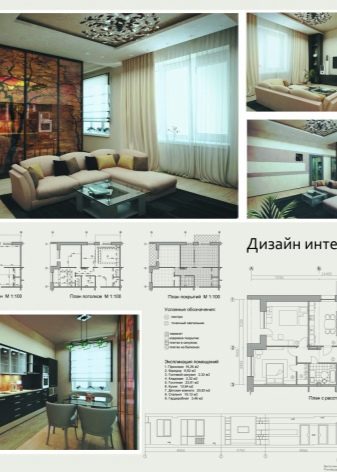
Where to upload?
There are many ways to showcase your portfolio. Today social networks are very popular. This method is free and very competitive. In this case, the account is presented as a portfolio. Now it is quite difficult to find a high-quality account with a portfolio on a social network, therefore, with the help of competent design and provision of information, you can attract your audience.
When making up a portfolio account, you should definitely place your photo on the avatar, where you can clearly see your face. Customers need to see who they are going to work with.
You can also find clients on freelance exchanges. The portfolio is compiled according to the standard rules that were described earlier. Some designers place the document in «Cloud» on the Google Drive or Yandex. Disk. Portfolio is sent to potential clients in PDF format.
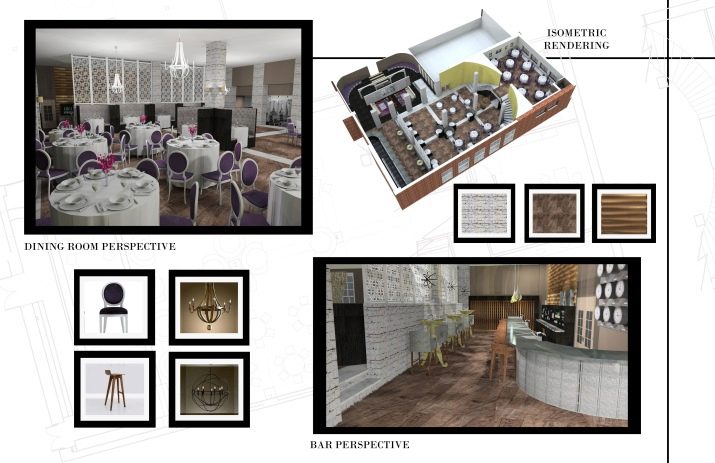
Examples of
To create an interior designer portfolio, you can use ready-made templates or demonstrate your individuality by creating a unique document. In any case, you can take a note of a sample on the basis of which to develop your plan.
The example below illustrates shows a good option for designing a portfolio in electronic format. The first page contains the content of the blocks, a photo of the designer and a short story about him. Here you can also indicate contact information so that the customer can immediately contact the specialist he likes.
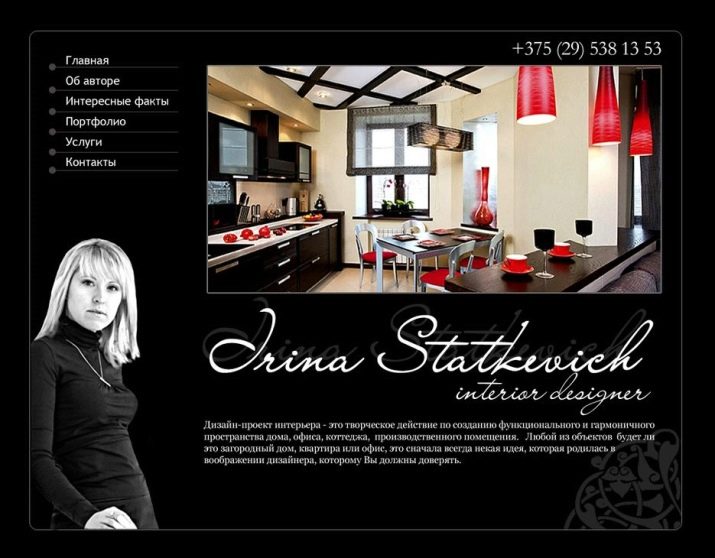
The following example provides a sample presentation of a designer's work. Highly it is convenient to divide your work into blocks, where each of them will be on a separate page. A client who wants to order a kitchen interior design will be able to quickly find what he needs in one place, without choosing among other projects.
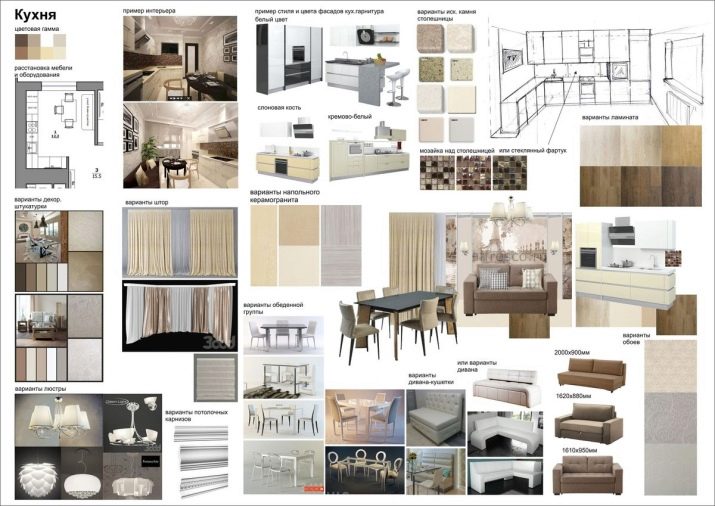
It is important to have only high quality photographs so that the customer can visually assess the result of the work done by the specialist.








